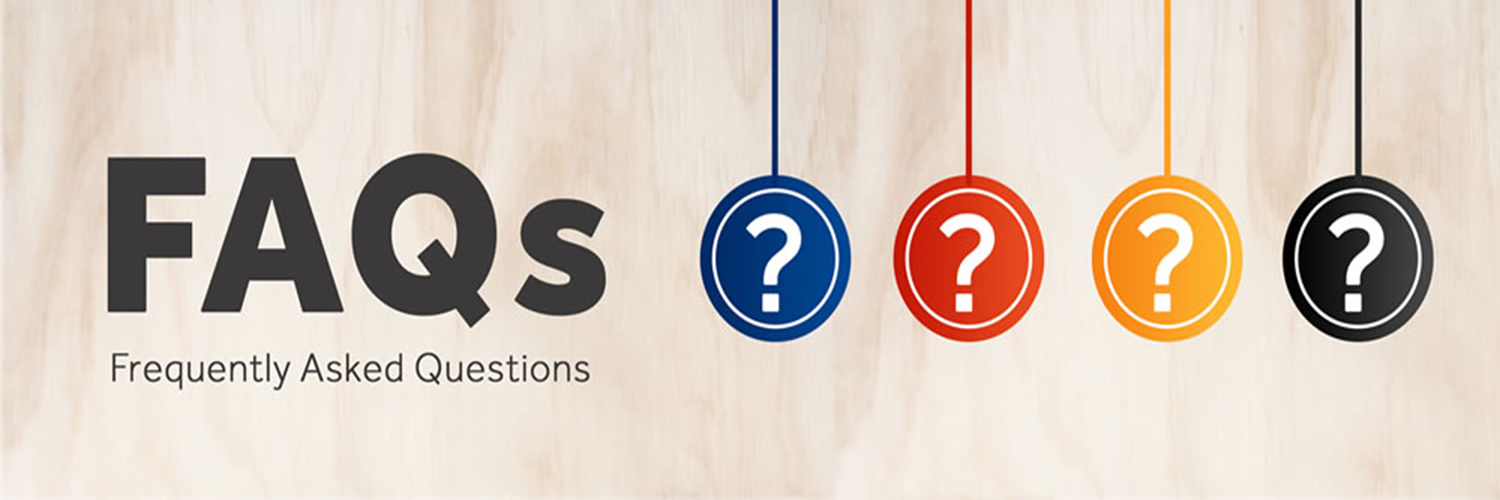
Assistive technology is designed to help individual carry out activities of normal living if and when normal functionality has decreased. The assistance provided can be for physical activities like when once muscles are no longer able to or cognitive support when mental ability decreases. The declines could happen with age and so assistance is needed whose primary purpose is to maintain or improve an individual’s functioning and independence to facilitate participation and to enhance overall well-being. Assistive technology can also help prevent impairments and secondary health conditions. Examples of assistive devices and technologies include mobility aids such as wheelchairs, assistive exoskeletons, scooters, walkers, prosthetic devices, and orthotic devices; hearing and visual aids; Cognitive aids like computer or electrical assistive devices, to help people with memory, attention, or other challenges in their thinking skills; and other specialized computer software and hardware to help people with mobility, hearing, vision, or communication capacities.
Endoenergy systems Exos are developed to assist with activities of daily life helping to perform tasks such as cooking, dressing, and grooming with complete independence, dignity and freedom.
Exoskeletons are body-fitting wearable solutions that work in tandem with the user to physically support and reinforce desired human motions. The support can be to lower-body joints (hip, knee, ankle) for mobility, upper body (shoulder, elbow, wrist, hand, fingers, etc.) for manipulation and full body (above including the spine) for “carrying shopping home” type activities. Exoskeletons are classified as medical and non-medical exoskeletons for supplementation and augmentation applications. All these sectors are very specific and different rules and regulations apply.
Endoenergy systems Exos are advanced assistive systems designed to help the elderly to perform essential activities of daily living. The founding team of Endoenergy systems has been actively leading the development of regulations for these exoskeletons as well as developing new age exoskeletons at Endoenergy systems.
Assistive exoskeletons assist the user to support and reinforce desired human motions. If you cannot move normally, this can help you, if you get tired easily and need to carry heavy things, it will help you carry that task, if you cannot get up easily, assistive exoskeletons will help you. Task specific exoskeletons are being developed to support such specific motion requirements to enhance effectiveness as well as reduce cost and help individuals in a very targeted manner.
Endoenergy Systems is developing a wearable assistive technology for elderly persons which will support in problems to move around such as getting up and going to the bathroom, standing freely to cook, maintaining balance, to go up/down stairs freely, etc.
Most exoskeletons are not shower-proof as they are not designed to be used in showers and mobility impaired people are encouraged to shower in a seated position.
Yes, but with caution as the surroundings can vary significantly, and the controlled algorithms are not sophisticated enough yet. Human moving around while maintaining balance is incredible and cannot yet be matched by available robotic systems for variations required to overcome obstacles such as ramps, soft ground etc. So, most exoskeletons are good for flat or flattish ground only. Other rough, uneven terrains require users to use crutches to ensure they will not fall over. This is even mandatory in medical exoskeletons when the essential performance includes maintaining balance. Exoskeletons can be used anywhere where they are designed for including home health care environment as well as outdoors.
Endoenergy system is developing exoskeletons for healthy elderly people to maintain good quality of life by helping getting around, stay independent, and carry out daily activities such as carry shopping home.
Exoskeletons come in different shapes and designs and with a variety of user interfaces. Some have bluetooth devices, others have buttons to choose different modes (sit-to-stand etc.).
Endoenergy systems is designing exoskeletons with natural interfaces which require no such input command devices, sensors are integrated to detect human motion intentions, which is then used to provide supported motions in a natural way.
Exoskeletons have to be customisable because they have to fit individuals and move with the individual to support the intended motions. How well this is done leads to whether the exoskeleton is effective or not. Many things are needed for this including adjustments to fit individual limb dimensions, specialized mechanical designs etc. Technology requirements for men and women are different and customized solutions are essential for maximum benefit.
Endoenergy systems Exos are totally customisable and upgradeable to meet the increasing assistance as the person’s requirements for physical assistance grows with age.
